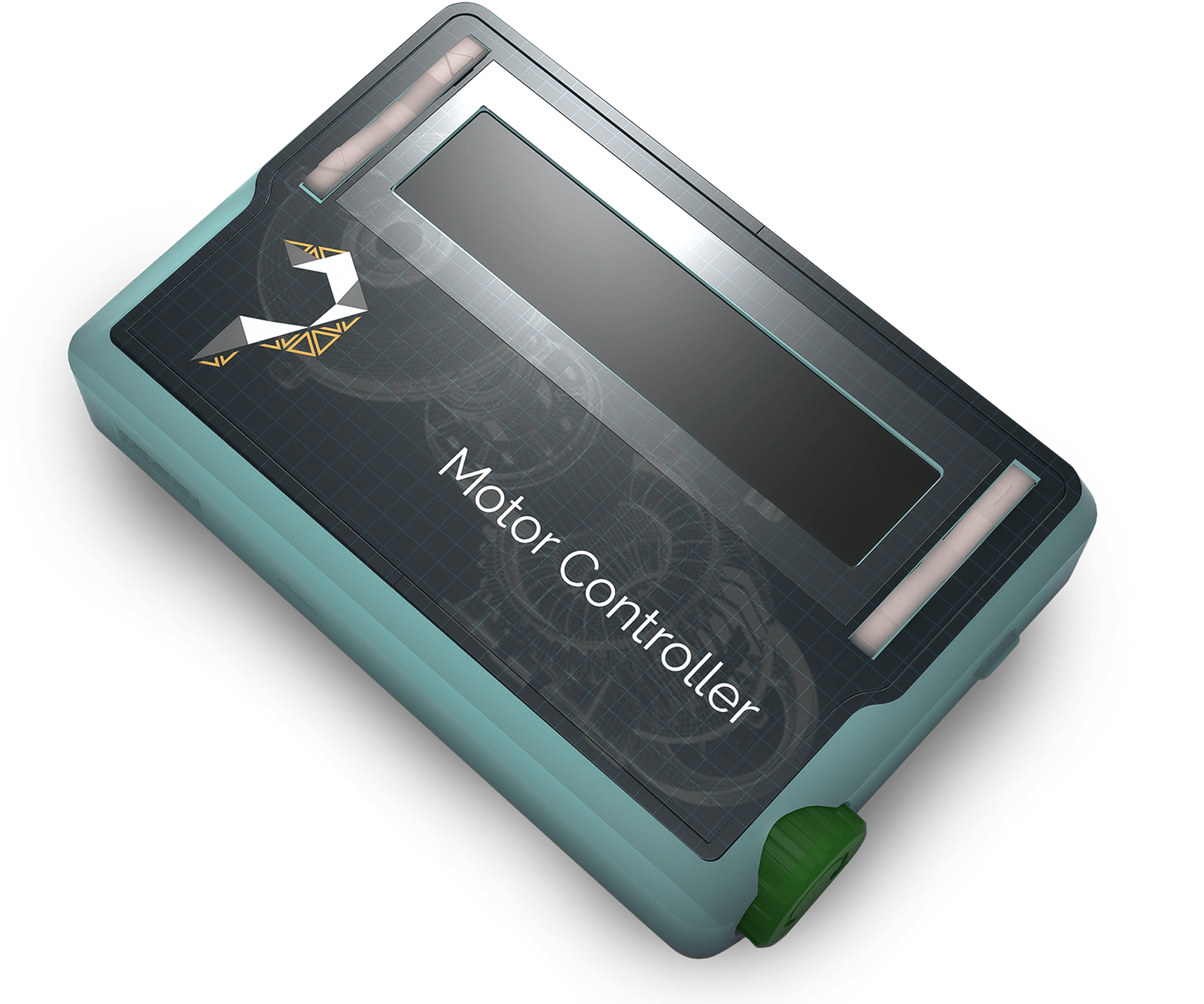The apparatus, which Qosain Scientific calls PhysMag, comprises a pendulum with adjustable height
and detachable permanent disk magnets, one set on the tip of the pendulum and the second set on the
top of the magnet holder, underneath the pendulum. The shaft of the pendulum is attached to a crank
mechanism that gives rise to controlled horizontal oscillation. Our flagship data logger, PhysLogger
controls the stepper motor that drives the rank mechanism, and also logs angular displacement of the
pendulum from PhysCompass, the optical angle sensor attached with the hinge of the pendulum.
Hence we can measure three quantities in real time:
- Derivative of the angular displacement is computed in our software.
- Rotation rate of the crankshaft powered by a motor with user-variable RPM.
- Angular displacement of the pendulum measured by our specialized analog angle sensor.










